Short, but Just as Sweet: Making the Most of Rafting and Floating this Year
Montana's rivers hit all-time highs with heavy rainfall and consistent runoff this spring, pushing rafting season back for casual rafters. Rivers tore bridges clean off their foundations and sent them downriver, causing significant issues throughout the southern part of the state. However, efforts throughout the Montana community have come together to gather support and funding to repair roads and get things back to normal as swiftly as possible.
Now that things have calmed and rivers are returning to casual capacity, rafters are eager to get on the water and enjoy what Montana has to offer.
And what an offer it is.
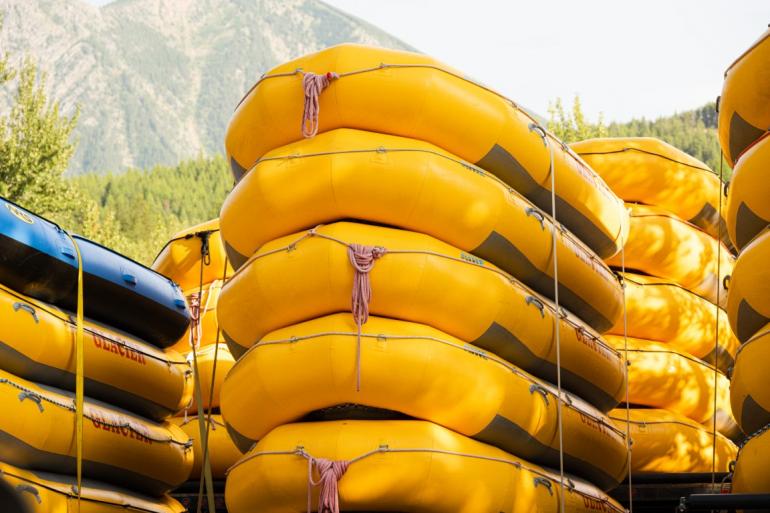
Photo by Seth Anderson
Montana is home to nearly a hundred seventy thousand miles of spectacular rivers spread across the Treasure State teeming with an incredible variety of wildlife above and below its great rushing waters. From the Yellowstone watershed in southwest Montana to the endless riverways near Missoula, and to the Flathead Valley and the rivers surrounding Glacier National Park, Montana has enough rivers for a lifetime of floating and fishing! Montana is home to a crucial and fascinating point where water runs to three different oceans: north to Canada and the Hudson Bay, west through the Columbia to the Pacific Ocean, and south via the Mississippi into the Gulf of Mexico.
Glacier Park's bordering waterways, the North and Middle Fork of the Flathead, offer some of the finest and most scenic rafting in the state. Rafting in Montana has a truly wild feel to it where goats roam the deep canyons while wild bull trout come up and eat your catch if you aren't careful.
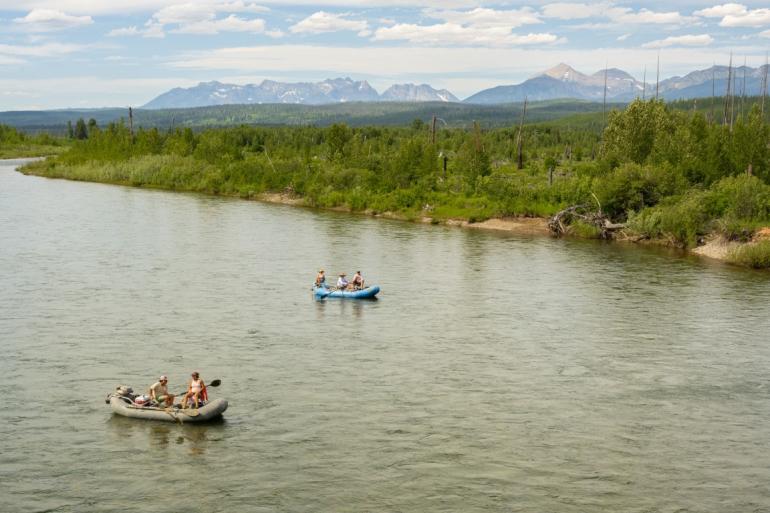
Photo by Seth Anderson
The North Fork is home to six sections of mellow floating starting at the Canadian border and extending through the town of Columbia Falls. Though slower than its neighbor, the Middle Fork, the North Fork has earned a reputation and even distinction for being a Wild and Scenic Riverway and quality fishery. The cold and clean water provides the healthy environment needed for bull trout and west slope cutthroat trout to thrive and continue to keep balance in the North Forks fragile ecosystem. Two North Fork staples, the Polebridge Mercantile Store and the Northern Lights Saloon, have been around since the early 1900s. Bill Adair moved these stores of his from the east side of the park to the west where they now stand as a staple for baked goods and local flair.
Long before rafters spent lazy days floating the North Fork, Native Americans from local tribes used the great river for hunting, gathering, and fishing grounds. A crucial mineral used in tool-making for the tribes is found near the river–the rock, Bowman chert, was used to make arrowheads and other essential tools for survival. If you look hard enough in bordering forests of ponderosa pines, you can find scarred trees from where natives harvested the bark to extract its sweet cambium layer to eat. It's safe to say the North Fork has and will continue to be a place of peace and abundance for all to enjoy.
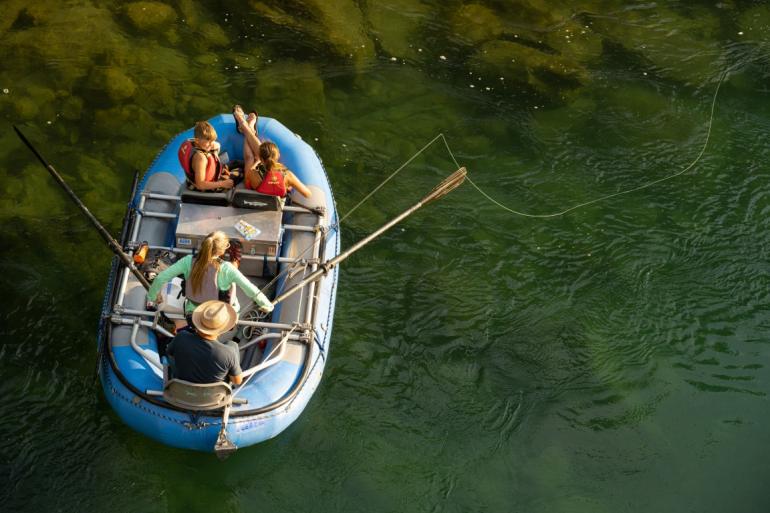
Photo by Seth Anderson
Carving out Glacier Park's southern border is the Middle Fork of the Flathead. Starting in the Bob Marshall Wilderness, the river is revered as a local favorite, and for good reason! Faster water with sections of interesting class II-IV rapids makes the river perfect for a day, or even a week-long trip. To start at the beginning of the Middle, one has to either fly or pack into the Bob Marshall Wilderness where a primitive multi-day float with a truly wild feel begins at Schaefer Meadows. Floating through the wilderness, one eventually reaches Bear Creek where the floating really gets fun. The fastest and most technical section of the river lies here down to Paola Creek, where logjams usually need careful planning to navigate or avoid altogether.
The Paola Creek access on the Middle Fork was the national park's Paola Creek Ranger station from 1913 to 1932 and now serves as a historic stretch of water. The floating from Moccasin Creek down to where the North and Middle Fork meet near the Blankenship Bridge is a beautiful stretch of river, ranging from deep canyons to lazy wide open water. This river and float is truly a boater's dream, as the scenery, coupled with incredible fishing and wildlife, make these floats some of the most memorable in a person's life.
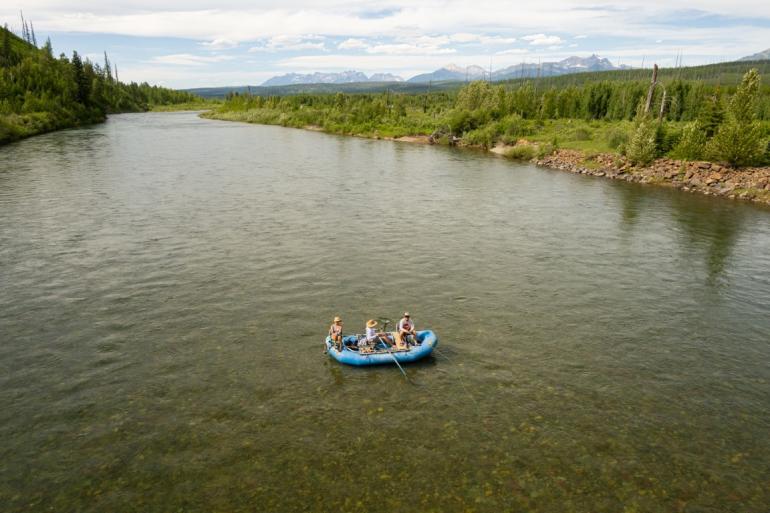
Photo by Seth Anderson
The season for floating the Middle Fork was shortened this year due to heavy rains and intense runoff, but now that the season has gotten into full swing, boaters are making the most of what the Middle Fork has to offer. Near the end of the commercial rapids lies the Belton Bridge, once a road repurposed as a hiking path (and historical landmark) today.
Nearer to the state's other national park, Yellowstone, lies the Greater Yellowstone Ecosystem, a roaring watershed whose streams and rivers are home to a multitude of fish and wildlife. Floating in the national park proper is off-limits. Still, incredible floats of the Yellowstone beginning in Gardiner are some of the most exciting on the river, and the float overall, though slower, is adored by those who undertake it. The open valleys and deep waterways are some of the most scenic in the state.
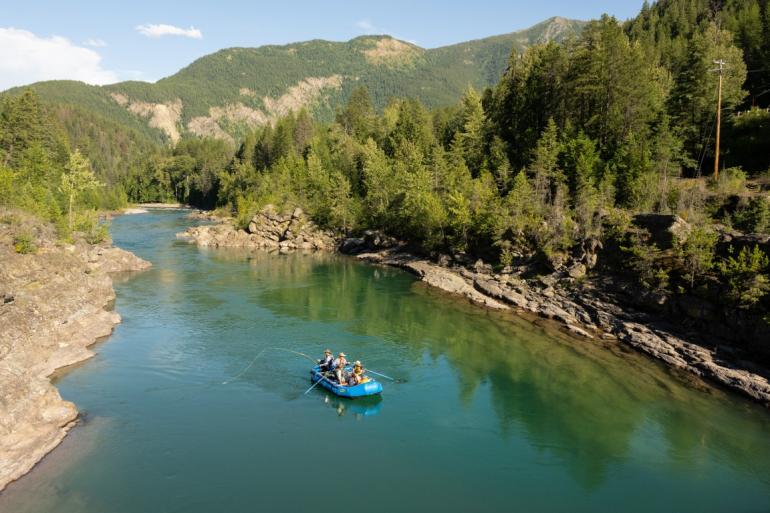
Photo by Seth Anderson
Whether it be the Yellowstone watershed, the Middle or North Fork of the Flathead, or one of the state's other incredible waterways, you aren't going to be disappointed when you set off for a day floating MT. The clear water, abundant wildlife, and eye-opening scenery are sure to make any day. Once back at the takeout after a fabulous day of rafting, the cracking of cold beers to a golden sunset really brings things full circle when the raft is finally out of the water, and you can sit back on your tailgate and think back on a day well spent.

Photo by Seth Anderson







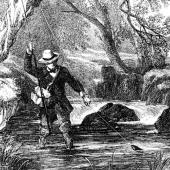




Leave a Comment Here